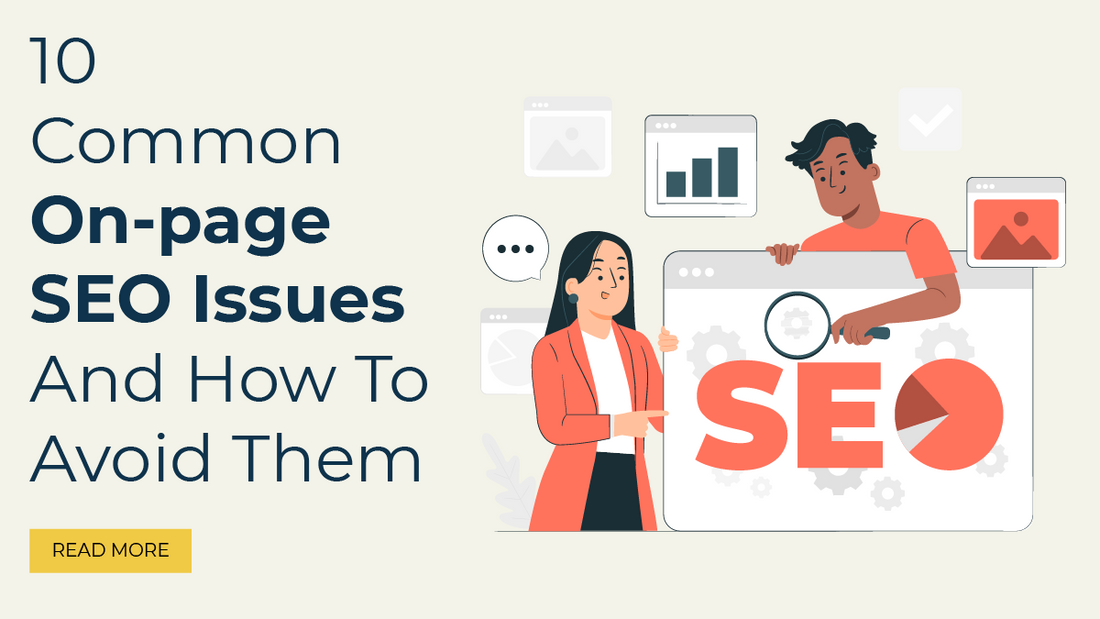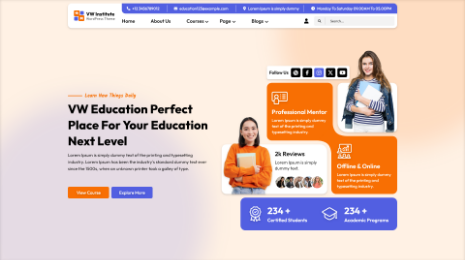
Introduction
Welcome to our comprehensive guide that delves into the complicated world of website optimization and the critical aspects of on-page SEO issues. In this digital era, where a strong online presence is essential for success, understanding and mitigating these on-page SEO issues can make all the difference in how your website performs in the competitive realm of search engine rankings.
When it comes to your website's visibility, every detail counts. The way you structure your content, the speed at which your pages load, the keywords you choose, and the overall user experience all intertwine to influence how search engines perceive and rank your site. Neglecting these crucial on-page SEO issues is akin to leaving the door ajar for your competitors to gain an advantage.
Understanding the Crucial Role of On-Page SEO Issues
The essence of on-page SEO issues lies in optimizing individual web pages to rank higher and earn more relevant traffic. These issues can range from simple matters of keyword placement to complex concerns like mobile responsiveness and site speed. Each of these aspects impacts how search engines evaluate your site and its content.
In this guide, we will meticulously examine the ten most prevalent on-page SEO issues and equip you with actionable strategies to tackle them head-on. From the careful selection and strategic placement of keywords to the seamless integration of internal and external links, we'll explore the nuances that can elevate your website's visibility and bring it to the forefront of search engine results.
Navigating the Path to SEO Excellence
Optimizing your website is an ongoing journey. It requires a keen eye for detail and a commitment to staying informed about the ever-evolving landscape of search engine algorithms. By addressing and mitigating on-page SEO issues, you set the stage for a website that not only pleases search engines but also delights your audience.
In this comprehensive guide, we will unravel 10 common on-page SEO issues and provide actionable insights on how to avoid them.
10 common on-page SEO issues
1. Lack of Relevant Keywords

Keywords form the foundation of on-page SEO. They are the terms and phrases your target audience is searching for. When your content lacks these relevant keywords, your website may not rank as high as it could. Utilize keyword research tools to identify keywords related to your content, and then strategically place them in titles, headers, meta descriptions, and throughout your content. However, be cautious not to engage in keyword stuffing, as it can lead to penalization by search engines.
Keyword optimization is a continual process. Regularly review and update your keywords based on changing trends and audience preferences. Implement long-tail keywords for a more targeted approach, and monitor their performance to refine your strategy.
2. Thin Content

Content is king in the digital realm. Thin, shallow, or inadequate content provides little value to visitors and harms your SEO efforts. Ensure your content is comprehensive, informative, and engaging. Aim for in-depth articles that cover the topic thoroughly, as search engines prefer content that answers users' questions effectively.
Enhance the depth of your content by incorporating multimedia elements like videos, infographics, and interactive elements. Diversifying your content not only engages your audience but also improves your SEO by increasing dwell time.
3. Slow Page Speed

Page speed is a critical factor in SEO. A slow website frustrates users and affects your rankings. Optimize images, use efficient coding, and leverage caching to improve page loading times. Page speed tools like Google's Page Speed Insights can help identify areas for improvement.
Consider utilizing content delivery networks (CDNs) to distribute your website's content across various servers. CDNs enhance page speed by delivering content from the nearest server to the user's location.
4. Unoptimized Title Tags and Meta Descriptions

Title tags and meta descriptions are your first impressions of search engine users. If they are generic, irrelevant, or too long, you're missing out on a valuable on-page SEO opportunity. Craft compelling, keyword-rich title tags and meta descriptions that accurately represent your content and entice users to click.
Regularly, A&B tests different variations of title tags and meta descriptions to identify what resonates best with your audience. Analyze the click-through rates (CTR) and make data-driven adjustments to optimize your titles and descriptions continually.
5. Improper Heading Structure

Headers (H1, H2, H3, etc.) organize your content and indicate its hierarchy. A disorganized heading structure confuses both users and search engines. Use a logical hierarchy, starting with H1 for the main title, followed by H2, H3, etc., for subheadings. Ensure your keywords are incorporated naturally within these headings.
Incorporate variations of your main keyword in subheadings to capture a broader range of search queries. This strategy, known as semantic SEO, helps your content rank for related terms and improves its overall relevance.
6. Neglecting Internal and External Links

Links play a crucial role in SEO. Neglecting to include both internal links (linking to other pages within your site) and external links (linking to authoritative and relevant external sources) can hurt your on-page SEO efforts. Properly integrated links enhance the user experience and signal to search engines the relevance and credibility of your content.
Create a comprehensive linking strategy. For internal links, guide users to related content on your site, enhancing engagement and navigation. When using external links, ensure they are from reputable sources that add value to your content.
7. Non-Responsive Design

With the majority of users accessing websites via mobile devices, having a non-responsive design is a significant on-page SEO issue. Google prioritizes mobile-first indexing, meaning your website must provide a seamless experience across all devices. Ensure your website is responsive and offers an optimal user experience on smartphones, tablets, and desktops.
Conduct user testing across various devices to identify any issues with responsiveness. Address any glitches promptly to provide a consistent and enjoyable experience for all users.
8. Ignoring Image Optimization

Images add visual appeal to your content, but unoptimized images can slow down your site. Compress images to reduce file sizes without compromising quality. Also, use descriptive file names and alt tags for images to improve accessibility and SEO.
Utilize image sitemaps to help search engines index and understand your images better. Additionally, leverage schema markup for images to provide additional context to search engines, enhancing your image SEO.
9. Ignoring Local SEO

For businesses targeting a local audience, ignoring local SEO is a grave mistake. Ensure your business information is consistent across all platforms (name, address, phone number), optimize your Google My Business listing, and actively seek local reviews.
Engage with your local community by sponsoring events, participating in local business directories, and collaborating with other businesses. Building local backlinks can significantly boost your local SEO efforts.
10. Not Monitoring and Analyzing Performance

Failure to monitor and analyze your website's performance can make you oblivious to on-page SEO issues. Utilize tools like Google Analytics and Google Search Console to track your website's performance, identify issues, and make data-driven improvements.
Create custom dashboards in Google Analytics to track key metrics regularly. Set up alerts to notify you of any sudden drops in traffic or unusual behavior, enabling you to promptly address any emerging issues.
Conclusion
In conclusion, understanding, identifying, and effectively dealing with On-Page SEO Issues is fundamental to achieving digital success. Embrace the strategies outlined in this guide, and you'll be well on your way to establishing a formidable online presence. It's time to harness the power of SEO and unlock the true potential of your website!
On-page SEO Issues can significantly impact your website's visibility and, consequently, your online success. By addressing these issues and implementing best practices, you can enhance your website's SEO performance, attract more organic traffic, and achieve your online goals. Stay proactive, continuously optimize your website, and watch your rankings soar while giving it a sleek and professional look using premium WordPress themes.





















